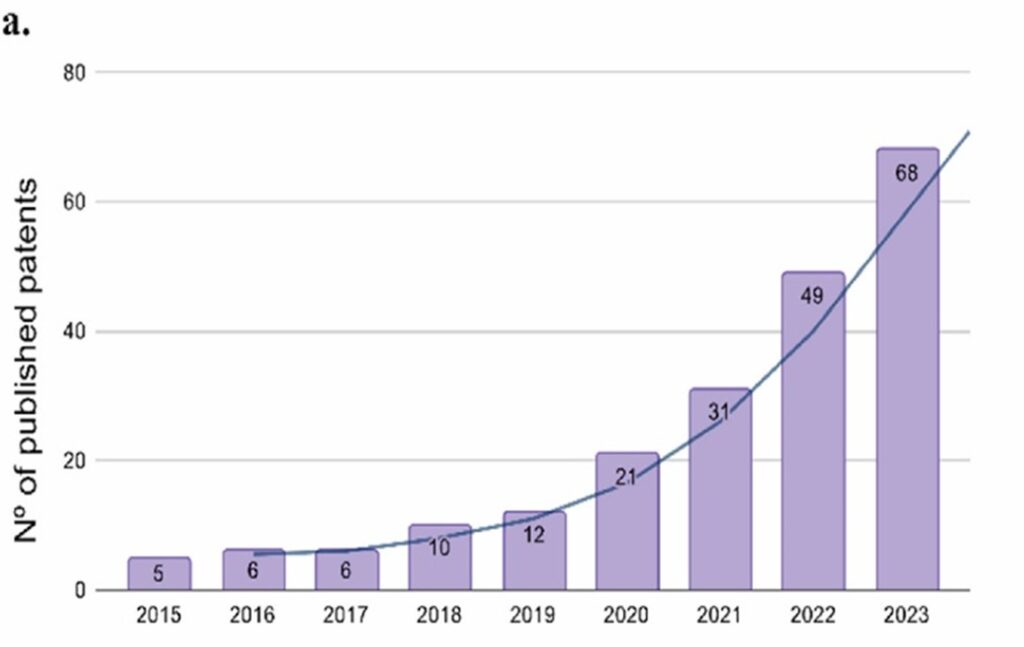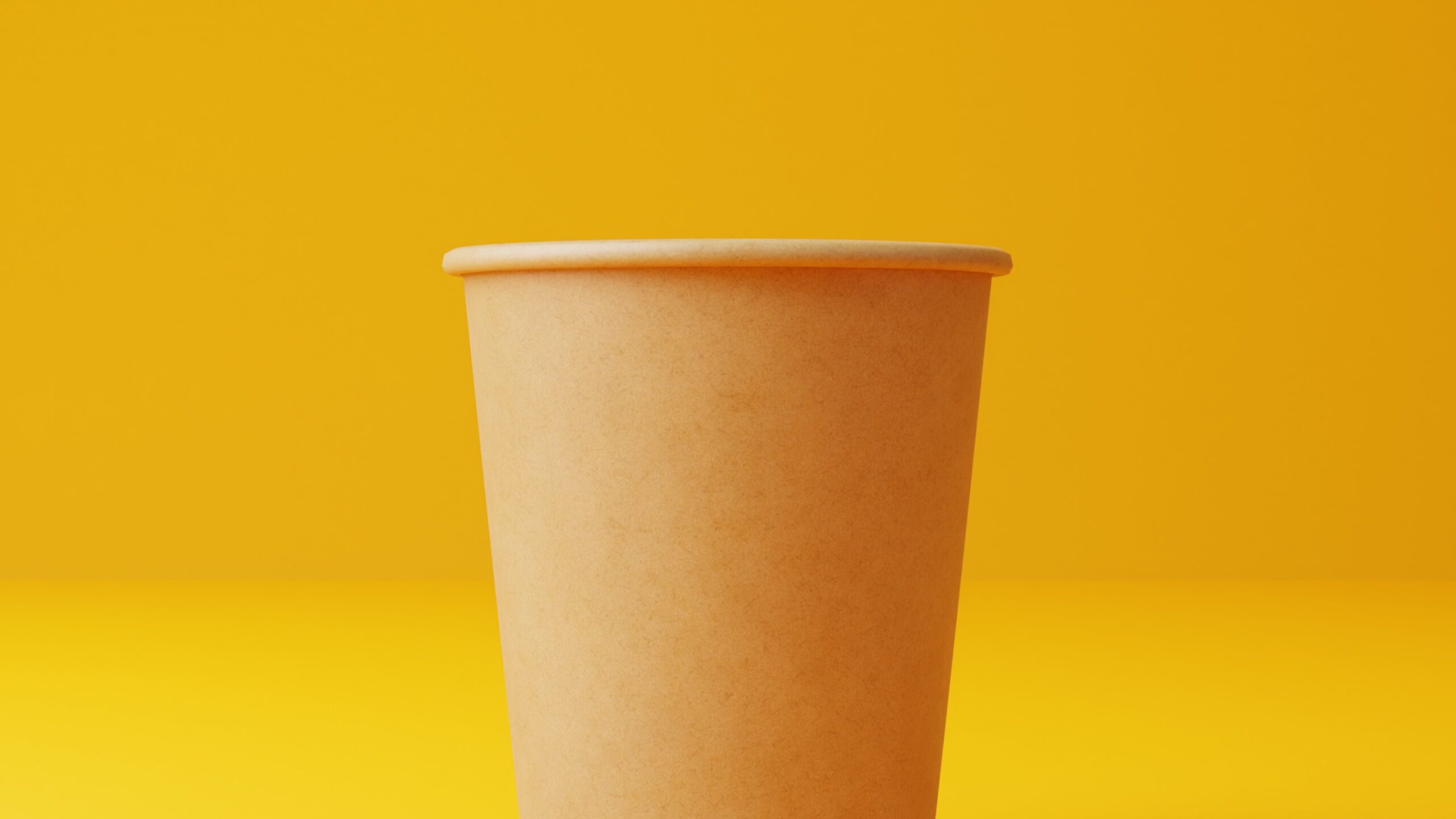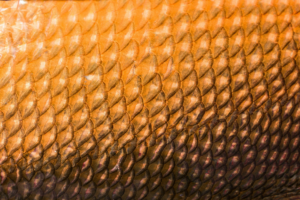25/09/2024
You step into the coffee shop, the little tinkle of the bell announcing your arrival. The smell of roasting beans and the sound of steaming milk assaults your senses. What do you fancy?
Will you knock back a quick espresso at the counter? Are you after a rich pot of Rooibos tea? Or with autumn fast approaching, is it time for a pumpkin spice latte?
Us Brits drinks around 95 million cups of coffee, and 165 million cups of tea every day.[1] 98% of those cups of tea contain milk. Indeed, 25% of the UK’s milk consumption is due to our tea drinking habit.[2]
So, we like tea and coffee, but are we drinking guilt-free?
If you haven’t done so already, it is now time to question the sustainability of our hot beverage obsession.
Trouble Brewing
As with most things, the production of hot beverages comes with its own environmental baggage.
Growing coffee requires considerable amounts of land typically close to the equator. This land is often formed through deforestation of tropical ecosystems. In addition, growing the beans often involves huge quantities of chemical fertiliser. Then there are the irrigation requirements. One single cup of coffee takes 140 Liters of water to produce[3], which is around the average daily water use per person in the UK (not including food and drink)[4]. Sadly, labour exploitation is still prevalent in the tea and coffee industry. In addition, tea and coffee is often sold in luxurious packaging, delivered in one-time use pods, and distributed in disposable cups.
Ideas Percolating – Coffee Innovation
While the problems seem grande, from bean to cup, new innovations are already working to make your cup of coffee more sustainable and ethical.
Coffee bean alternatives
Does coffee need to come from coffee beans? For many, the answer is no. Several food innovation firms are working on techniques to extract coffee compounds from alternative natural foods and plants. Date and sunflower seeds, lemon, pea proteins, flowers, grasses, and fig plants have all been processed to produce a coffee-like beverage. Companies such as Atomo and Northern Wonder are using patents to protect their valuable coffee alternative intellectual property. Atomo has 13 globally active patent applications whereas Northern Wonder holds two patent applications (EP23714365 and EP23714368). Another company Prefer, uses technology to leverage fermentation of barely, soya and bread to reverse engineer key aromas found in coffee.
Waste
Companies are also developing new technologies to tackle coffee waste. These technologies focus on reducing and re-purposing waste.
For example, Kawa Project collects coffee grounds from industrial brewers and, using a proprietary extraction and refining method (US11918008B2), turns the waste coffee into chocolate.
Coffee from has patented a process to extract nanocellulose from coffee grounds and then functionalise them into new raw materials for thermoplastics (WO2023238102).
Interestingly, Škoda Auto, in collaboration with its leather partner Bader, has developed a process in which waste coffee bean husks are used for tanning leather seat covers.
Technology and innovation has also led to precision farming which reduces the amount of waste and helps optimise yields in a sustainable manner. For example, the use of blockchain (a digital system for recording transactions among multiple parties in a verifiable, tamperproof way) can help trace coffee beans from growth to cup, empowering transparency and ethical choices. Further, smart water management and the use of sensor technology and devices can lead to more efficient and sustainable farming.
Packaging
Packaging accounts for around 3% of the coffee supply chain’s total carbon footprint.[5] It is therefore important that companies also focus on sustainable packaging and delivery of our much-loved coffee.
Cupffee has developed novel (EP3855925), wafer-based hot beverage cups that are edible, resistant up to 100°C, low calorie, leak-proof, and do not alter the taste of the beverage.
There are also various coffee machine and coffee pod innovations designed to reduce the waste from single-use containers through compostable/biodegradable pods and pod-less coffee machines. For example, Papacks® materials, in collaboration with euro-caps, have designed sustainable coffee pods alongside other food packaging and drinks bottles. This innovation has been registered as an international design right (DM/230736), demonstrating that designs can also be a powerful tool in the protection of sustainable beverage intellectual property.
Top Tips – Tea Innovation
Producing tea also requires large amounts of water, waste packaging, and can be ethically questionable.
97% of tea brewed in the UK is brewed using teabags, according to the UK tea & Infusions Association.[6] Teabag patents date from 1901 when Roberta Lawson and Mary McLaren first filed for a ‘Tea Leaf Holder’.
Previously, polypropylene was a key component of teabags. Polypropylene is a plastic used as a sealant within the teabag. This use of polypropylene leads to microplastics seeping into our brews and plastics infiltrating the soil and oceans.
Various companies such as Hampstead Organic, Pukka, Clipper and Lipton have been innovating to achieve fully biodegradable and plastic-free tea bags. These teabags are made from alternative, natural ingredients such as, corn starch, abaca (banana leaf), PLA, bamboo and cellulose (wood pulp).
The Cream of the Crop – Milk Innovation
Cows and their methane-producing digestive systems are a known environmental hazard. Alongside animal welfare concerns, this has driven people towards dairy-free milk alternatives in the UK. Well-known milk alternatives include oat, coconut, almond, and soya. For each alternative it is important to consider the water usage, land usage and CO2 emissions when assessing the sustainability. Milk alternative compositions and technologies are frequently patented. On Espacenet, the European Patent Office’s global patent searching tool, there are 4986 patent publications under the “milk substitute” classification.
Newer milk alternative technologies include microbe-based and recombinant protein innovations. These milk alternatives involve inserting DNA and expression vectors into host cells which are then cultured to produce milk proteins. A patent search for recombinant milk protein and similar definitions suggests a rise in the patenting of this technique.

Fig. 3. (a) Trend in published recombinant milk protein patent applications from 2015 to 2023.[7]
Coffee, tea, and milk technologies are providing sustainable and ethical solutions to our resource demanding beverage consumption. Importantly, it is a combination of source, delivery, packaging, and waste technologies that will ultimately provide a fully sustainable beverages. Protecting the intellectual property of these technologies will hopefully encourage further innovations and a drive towards new sustainable alternatives.
So when the barista hands you your steaming hot cup, know that inventors are grinding away to overhaul your drink. In the not too distant future, your cup may be edible, the coffee beans may be tracked, and the milk may be lab-grown. These are just a few examples of the remarkable innovations making your favourite hot drink more sustainable and ethical; won’t that make it taste that bit better too?
Read the next article of Sustainable Café: Full English Breakfast
Read the previous article of Sustainable Café: Amuse-bouche
This article is for general information only. Its content is not a statement of the law on any subject and does not constitute advice. Please contact Reddie & Grose LLP for advice before taking any action in reliance on it.
[1] Tea or coffee: which is better for you? – BBC Food
[2] 33 Interesting Facts About Tea – BRUU Tea Club
[3] Your morning cup of coffee contains 140 litres of water | World Economic Forum (weforum.org)
[4] How much water do you use? – CCW
[5] Impacts Of Sustainable Packaging For The Coffee Industry – swisspack.co.in
[6] UK Tea & Infusions Association – Frequently Asked Questions About Tea
[7] I. Piazenski et al, Trends in Food Science & Technology, 149, 2024.




